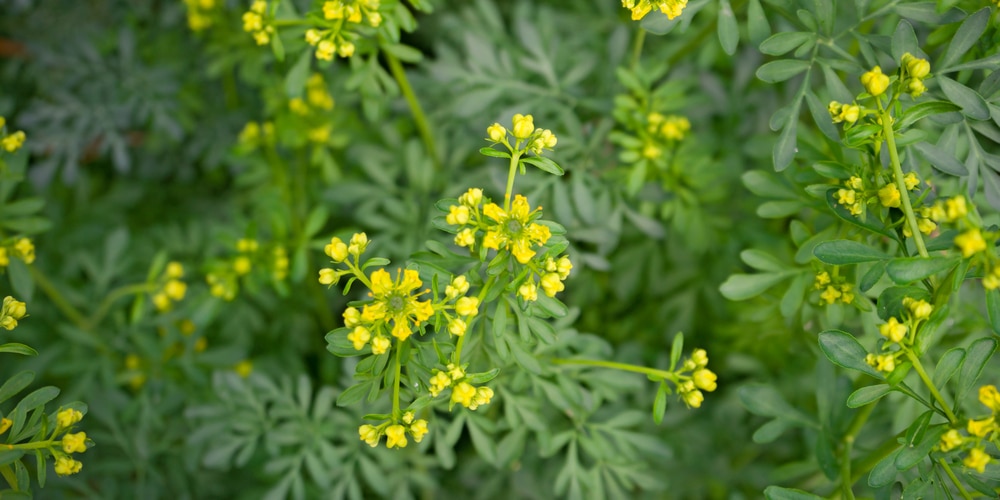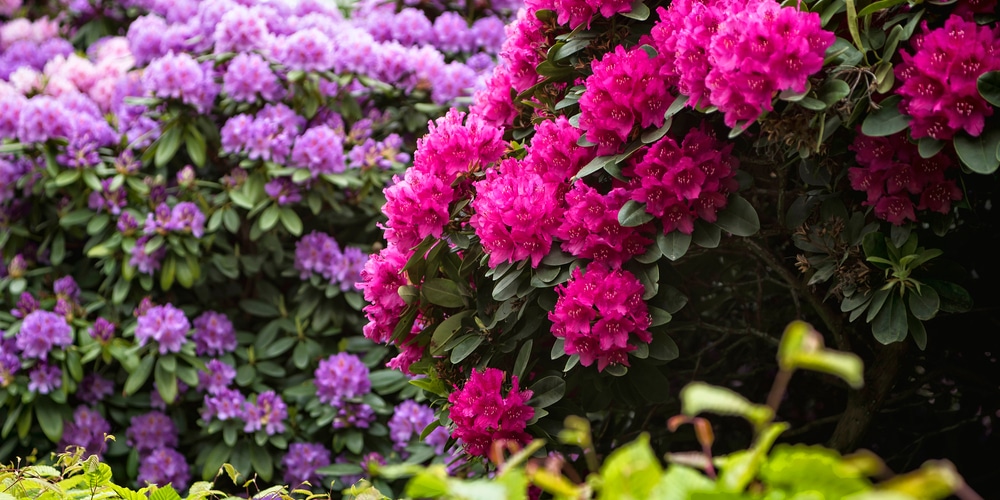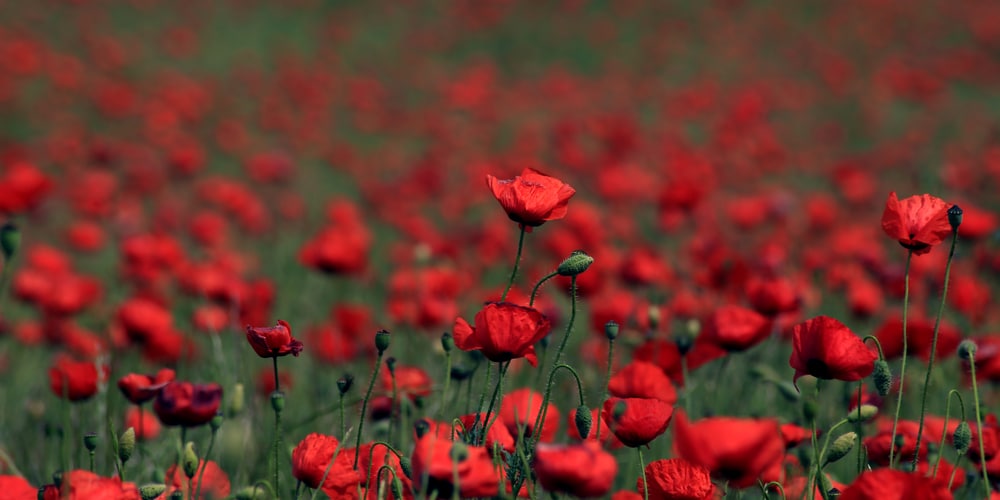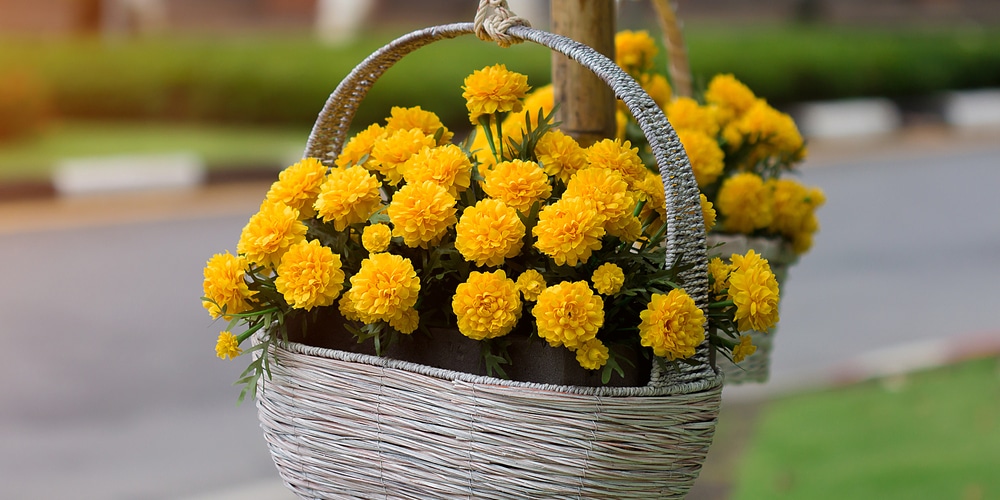Planting a fig tree in your yard will provide you with a constant supply of sweet and delicious fruits, provided that you ensure your plant receives what it needs to thrive. These trees perform much better under warm weather conditions and, under the proper circumstances, will grow fast and dense. They are best to plant in USDA hardiness zones between 8 and 11, but some varieties will do well between 6 and 7.
Regardless of what area you live in, adding the proper set of companion plants will support your fig tree and contribute to making it healthy and strong. After all, companion planting is an ancient practice that can improve plant health and growth. And it works.
The proper mixture of annuals and perennials will not only make your garden look more beautiful. It will also help this stunning plant to produce rich and delicious harvests.
What to Plant Under a Fig Tree?
Keep reading to learn more about what to plant under a fig tree. Here, we included a list of the best plants you should consider adding to your garden when planting a fig tree. Of course, don’t forget to consider your climate area and your soil conditions to make sure whatever you are planning to add is suitable for your yard.
Rue

Rue produces bright yellow flowers and can repel several insects (including the terrible Japanese beetles and fruit flies). For these reasons is the ideal choice as a companion to your fig tree.
The plant is pretty and grows fast, making it the perfect option for filling bare areas around the trunk of your tree. You won’t have to spend too much effort into helping your rue grow, provided that you plant it in well-drained soil and that it receives plenty of hours of sunlight per day.
Comfrey
Comfrey will release beneficial nutrients to the deeper parts of the soil, which your fig tree’s shallow roots will happily absorb. If you have heavy clay soil in your garden, you must consider planting this plant under your fig. Besides what we just said, you can use this plant’s leaves as mulch and compost, which will bring innumerable benefits to your fig tree.
Don’t forget that figs are native to the Mediterranean climate and do well under dry circumstances: mulching and composting can help retain adequate moisture during the warmer months of summer.
Comfrey can quickly grow and spread under optimal conditions. To prevent it from taking over your grade, consider planting Russian Comfrey. This lovely plant will not only make for a perfect companion for your tree, but it will also contribute to adding more color to your garden. Its magenta-pink flowers will be a splash of livelihood during the spring!
Rhododendron
The characteristic of a companion plant is that it won’t compete with the species you decide to pair it with. Rhododendrons have shallow root systems that won’t compete with your fig root and fill the soil under your tree. Indeed, this plant can grow in partial shade. However, consider planting it on the north side of your fig tree to limit the shadow and allow some sunlight to get through during the day. Rhododendron produces stunning bright flowers that will add some color to your fig tree’s green leaves and fruits.
Wildflowers
Wildflowers are among the most beneficial companions to fig trees because of their ability to attract beneficial pollinators and insect predators such as birds, wasps, and ladybugs. Virtually any flower that didn’t result from genetic manipulation falls under the category of “wildflowers,” which includes daisies, poppies, lupine, purple coneflower, and bee balm (among many others).
As a rule of thumb, plant your wildflowers no further than 50 feet from your fig trees. Doing so will maximize their pollination effects and improve the mutually beneficial relationship between these two plants.
Strawberries
Strawberries are the ideal addition to your fig tree base. Not only will they produce delicious berries, but they will also provide ground cover for beneficial insects and pest predators. Plus, planting strawberries under your fig tree will improve water retention and reduce the frequency you’ll have to water it. They will also keep the weeds at bay and provide your plant with beneficial nutrients.
As long as you provide them with enough sunlight, strawberries thrive underneath trees. Under optimal conditions, these delicious berries might spread through their runners. If that doesn’t sound like a good thing to you, remember to monitor them and prune them when necessary. Because strawberries are perennials, you won’t have to dig the soil every year, minimizing disturbance to your fig tree.
Lavender
Lavender is an ideal companion to your fig tree because it comes from the same natural habitat (the Mediterranean) and has similar soil and temperature requirements. Plus, it works as an effective pollinator and pest deterrent. Adding lavender close to your fig will most likely result in more productive harvests and improve the taste of your fruits. Plus, lavender looks stunning and has a delicious smell. Not for anything, lavender is a common ingredient in lotions, soaps, and fragrances. If you feel creative in the kitchen, you can even use it as a garnish in some recipes.
Marigolds
Marigolds are good companions for various plants, including fig trees. They help manage the populations of nematodes, which are common pests without chemical pesticides. Marigolds are also stunning flowering plants that will attract bees, butterflies, and hummingbirds to your garden, besides adding vivid colors to your garden.
What to Plant Under a Fig Tree:The Bottom Line
As you can see, adding a companion plant to your fig tree can bring you plenty of benefits. Not only will it help create the conditions for your plants to thrive, but it will also add some color and fragrance to your garden. Besides what to plant under a fig tree, you may wonder want you should avoid. Do not plant nightshade plants or species with deep roots, as they might interfere with the growth of your tree. Plant species that might compete with nutrients and water far from your fig. Don’t forget that fig trees have invasive fruits: don’t plant them near foundations and walls.





